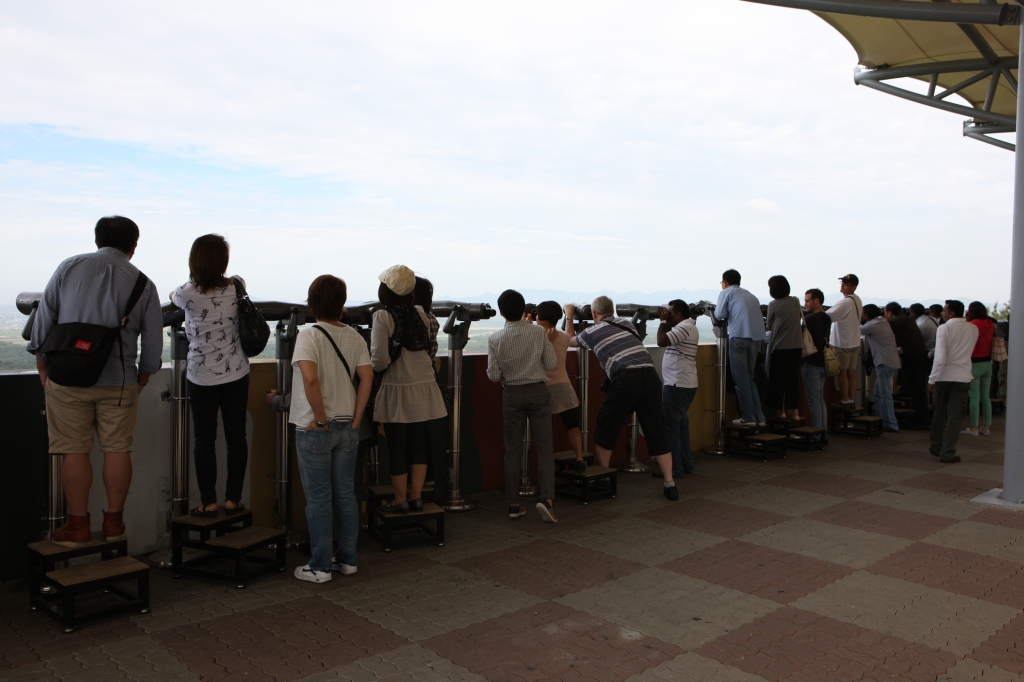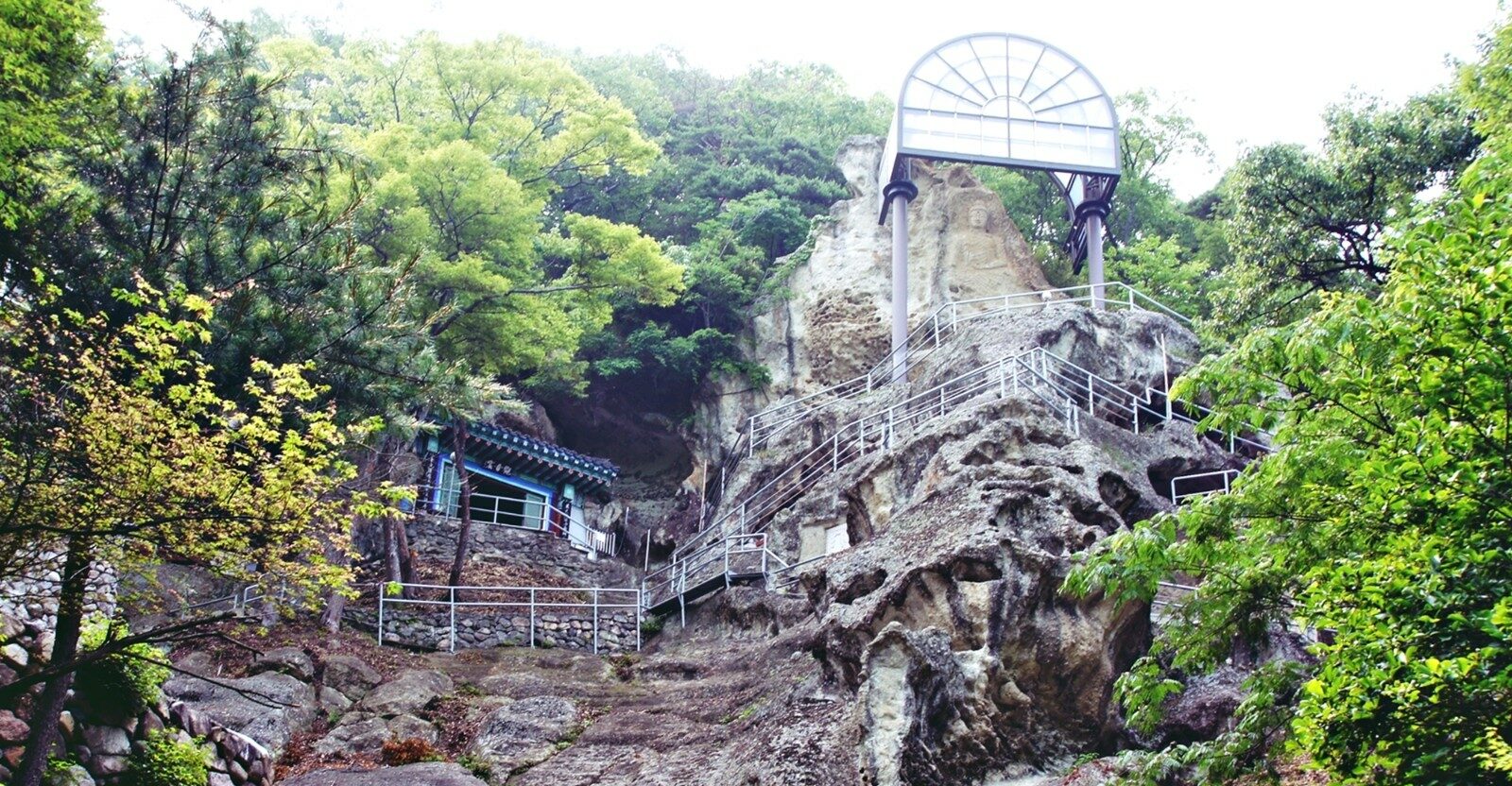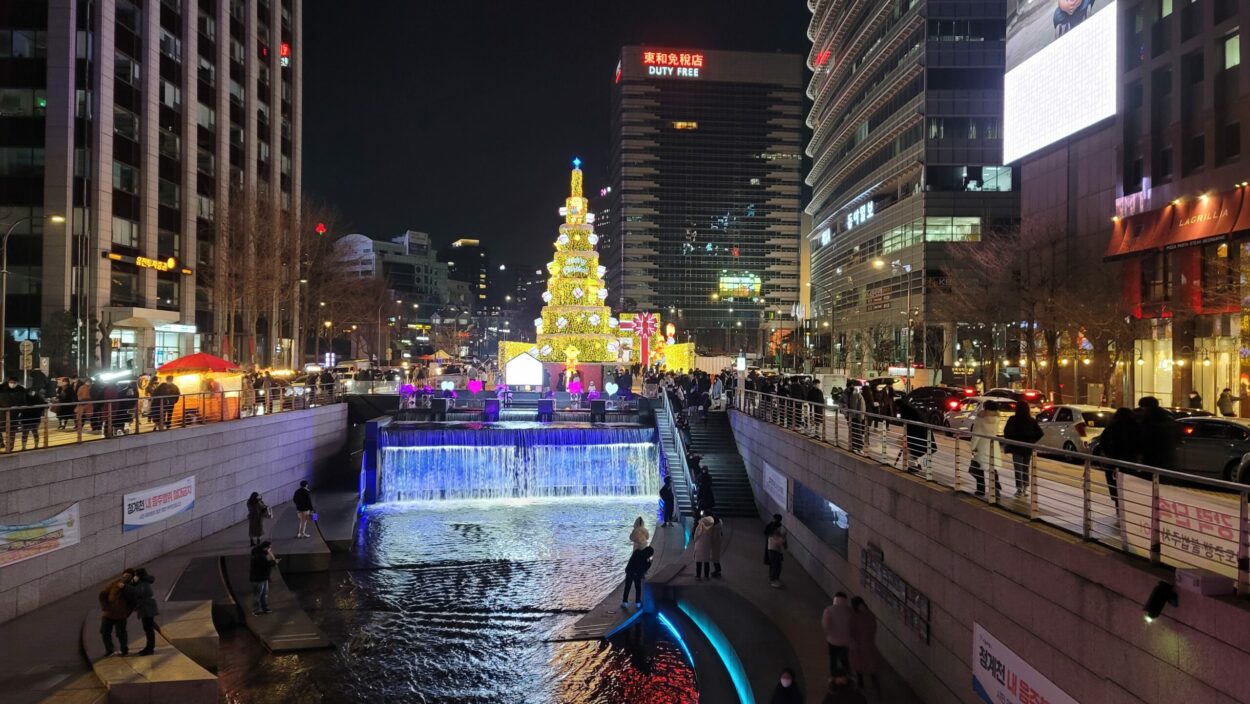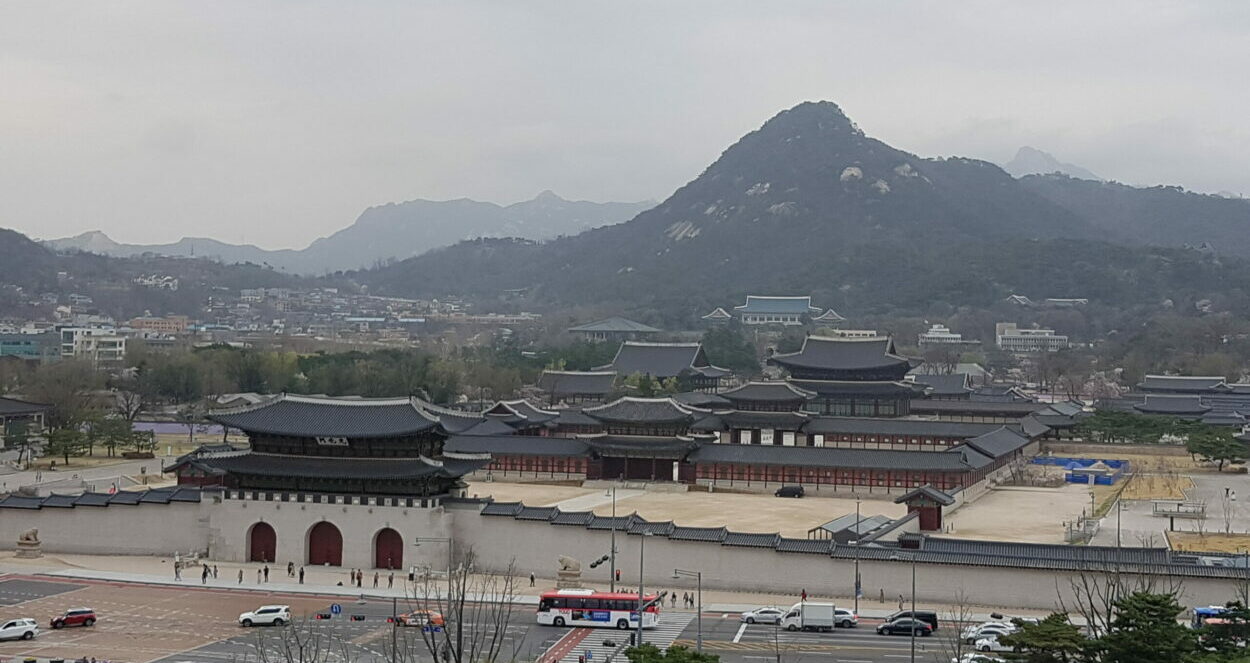Standing at the edge of the Military Demarcation Line in Paju-si, Gyeonggi-do, Dora Observatory serves as a powerful symbol of Korea’s division. Since its public opening in 1987, this observation point has attracted visitors seeking to understand the Korean Peninsula’s complex reality.
Views Across the Border
The observatory provides remarkable views of North Korean landmarks, including Gaeseong city, Songaksan Mountain, and the prominent Kim Il-Sung Statue. Equipped with binoculars and seating for 500 visitors, it offers an unparalleled perspective of the mysterious northern territory.
Access and Security
Given its location in a restricted military zone, visitors must join the DMZ Peace & Security Tourist Program managed by Paju-si. Transportation is provided via shuttle buses from Imjingak Resort or Dorasan Station, ensuring controlled access to this sensitive area.
Visitor Experience:
The guided tours include:
- Comprehensive visits to significant sites like the Third Underground Tunnel
- Access to the DMZ Media Hall and Exhibition Hall
- Educational displays about Korea’s division and local ecosystem
- Passport verification at security checkpoints
- Modern facilities including VIP rooms and parking areas
Notable Nearby Sites
- Third Infiltration Tunnel: Offers guided underground tours revealing military history
- The Third Underground Tunnel, discovered in 1978, reveals military infrastructure capable of moving 30,000 troops hourly. This remarkable discovery adds another layer to understanding the peninsula’s complex history.
- Dorasan Station: South Korea’s northernmost railway station, symbolizing reunification hopes
- Imjingak Park: Memorial site featuring monuments commemorating the Korean War
Visiting Dora Observatory transcends typical sightseeing. It provides a profound opportunity to witness the ongoing division of Korea and contemplate the possibilities of future reconciliation. This observation point stands as both a reminder of past conflict and a beacon of hope for peace.




